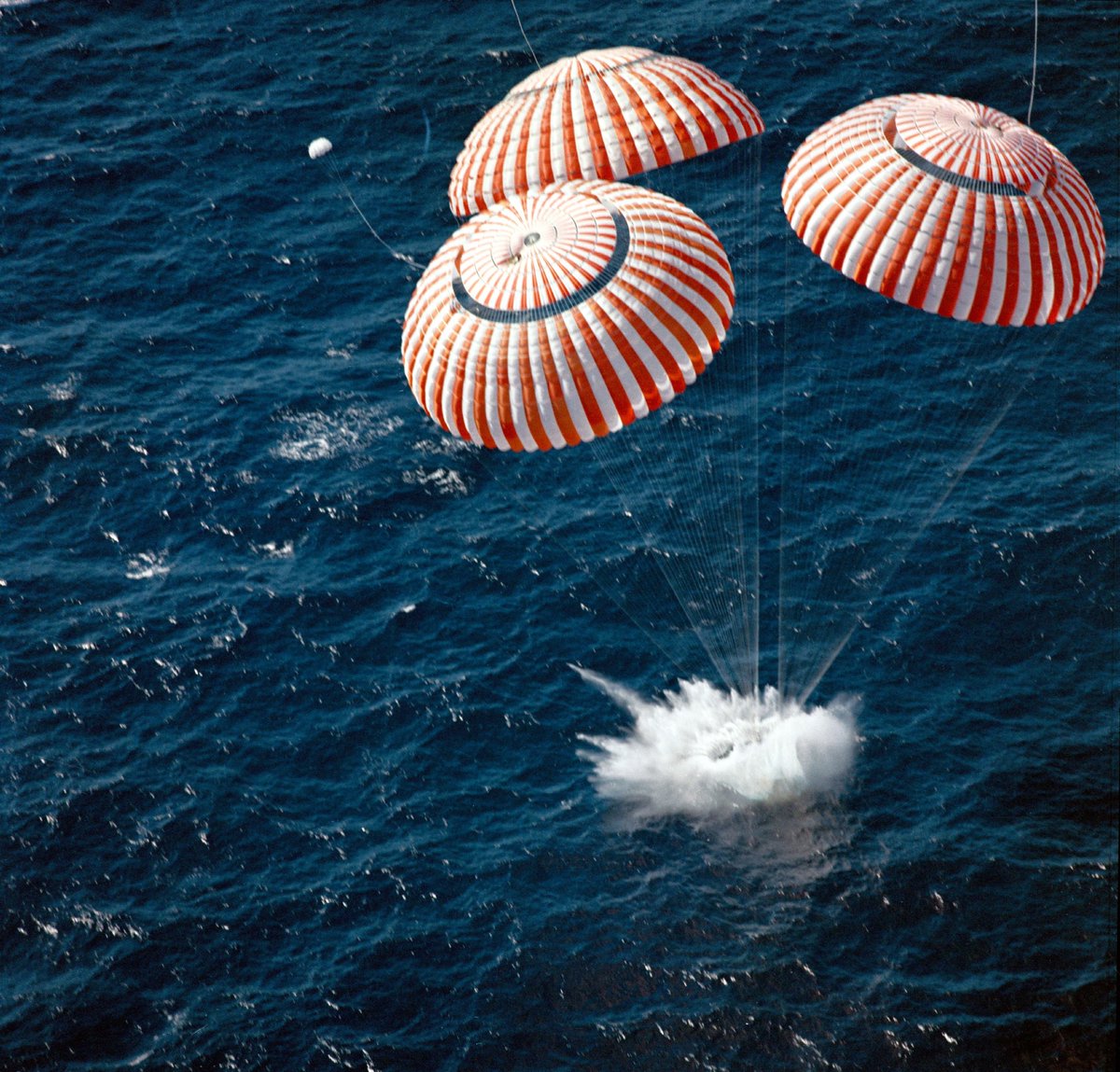
How likely is intelligent life to exist in our galaxy? Why, hello Drake Equation, let's have a conversation!
I've always heard this is a great exercise to have over cocktails or at late night parties. A holiday week is perfect! Artist: @alancraddock01 #NfoLD #Astrobiology #Alien
I've always heard this is a great exercise to have over cocktails or at late night parties. A holiday week is perfect! Artist: @alancraddock01 #NfoLD #Astrobiology #Alien

What does this even mean? It's an equation to broadly estimate how many intelligent civilizations exist within our galaxy right now that we can communicate with. In this case, N = how many of those civilizations exist! How about those other terms?
R* = Average rate of star formation
Fp = Fraction of stars that have planets
Ne = Average # of planets that can chemically develop life
Fl = Do they actually develop life?
Fi = Develop intelligent life?
Fc = Develop advanced technology?
L = How long do they broadcast signals?
Fp = Fraction of stars that have planets
Ne = Average # of planets that can chemically develop life
Fl = Do they actually develop life?
Fi = Develop intelligent life?
Fc = Develop advanced technology?
L = How long do they broadcast signals?
R* = Average rate of star formation = 1
Typically viewed as 3, but that is somewhat outdated. I like to look to @NASA for current rates. Here's a great site to estimate this number. Good news! @NASAWebb is launching soon! Oh my science!
nasa.gov/feature/goddar…
Typically viewed as 3, but that is somewhat outdated. I like to look to @NASA for current rates. Here's a great site to estimate this number. Good news! @NASAWebb is launching soon! Oh my science!
nasa.gov/feature/goddar…
Fp = Fraction of Stars that have planets = 1
Oh, what's that you say @NASAExoplanets, nearly all sun-like stars have planets? I hear that! Don't mind the 1 in 6 that are Earth-Like: we aren't there, yet!
nasa.gov/mission_pages/…
Oh, what's that you say @NASAExoplanets, nearly all sun-like stars have planets? I hear that! Don't mind the 1 in 6 that are Earth-Like: we aren't there, yet!
nasa.gov/mission_pages/…
Ne = Average # of planets that can chemically develop life = 3
Now, this one is highly speculative. What does it take to make life? Aside from the chemical inventory, I feel it takes land, water, and heat cycling. In our early Solar System that gives Earth, Mars, and Venus!
Now, this one is highly speculative. What does it take to make life? Aside from the chemical inventory, I feel it takes land, water, and heat cycling. In our early Solar System that gives Earth, Mars, and Venus!
Fl = fraction that actually develop life = 1
With the constraints I set for Ne, I feel that if the conditions are right, life will form! It may not last, but I'm sure it happened! The oldest rocks always seem to have signs of life in them:
With the constraints I set for Ne, I feel that if the conditions are right, life will form! It may not last, but I'm sure it happened! The oldest rocks always seem to have signs of life in them:
Fi = Fraction that develop intelligent life = 0.1
Now this one is a doozy. Is intelligent life guaranteed if life survives? Looking at Earth, (arguably) one intelligent creature has evolved from all of them. Without mass extinctions, would we have even evolved to dominate?
Now this one is a doozy. Is intelligent life guaranteed if life survives? Looking at Earth, (arguably) one intelligent creature has evolved from all of them. Without mass extinctions, would we have even evolved to dominate?
Taking Mars, Venus, and Earth as the initial constraints for this example, we start out with 0.33. I'll (waves hands wildly in the air) give intelligent life a 1/3 chance of evolving if life holds on. 0.1 it is!
Fc = fraction that intelligent life that can communicate = 0.5
Since I set the bar of intelligence at "human-level intelligence," above this is already constrained with Fi. However, in the view of all hominids I'll say 0.5 of them would have enough smarts to communicate w/ tech.
Since I set the bar of intelligence at "human-level intelligence," above this is already constrained with Fi. However, in the view of all hominids I'll say 0.5 of them would have enough smarts to communicate w/ tech.
L = Civilization Broadcast Length = 10,000 years
This one is also fun! I've linked a great article from @NExSSManyWorlds. I'm an eternal optimist and feel intelligent life will survive. However, they'll eventually develop "quiet" tech and go silent. 10k!
manyworlds.space/2017/02/01/do-…
This one is also fun! I've linked a great article from @NExSSManyWorlds. I'm an eternal optimist and feel intelligent life will survive. However, they'll eventually develop "quiet" tech and go silent. 10k!
manyworlds.space/2017/02/01/do-…
What does this give us?
N = 1 * 1 * 3 * 1 * 0.1 * 0.5 * 10,000 = 1,500
1,500 technologically "loud" civilizations in our Milky Way? :O Now that's quite the thought! We actually could talk to them in my lifetime. I love being part of the science to make this happen!
#NfoLD
N = 1 * 1 * 3 * 1 * 0.1 * 0.5 * 10,000 = 1,500
1,500 technologically "loud" civilizations in our Milky Way? :O Now that's quite the thought! We actually could talk to them in my lifetime. I love being part of the science to make this happen!
#NfoLD
• • •
Missing some Tweet in this thread? You can try to
force a refresh







